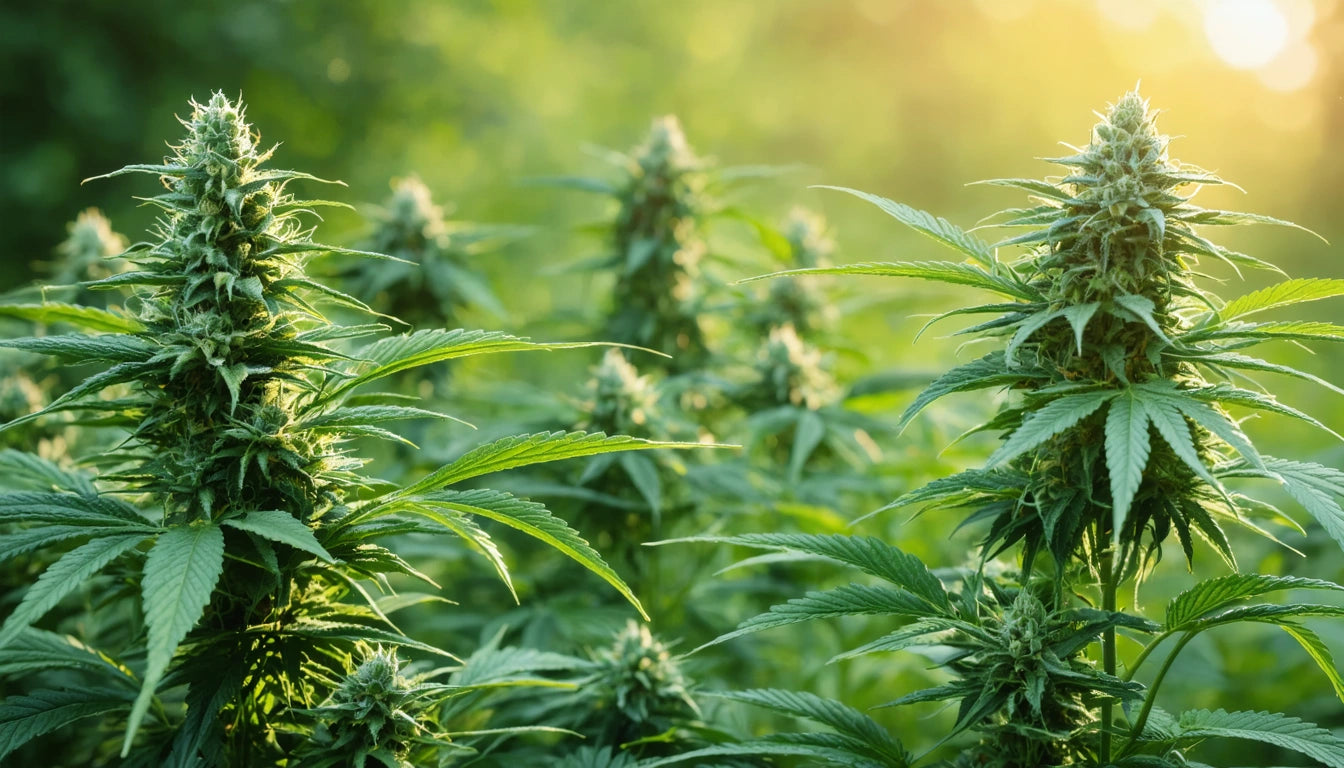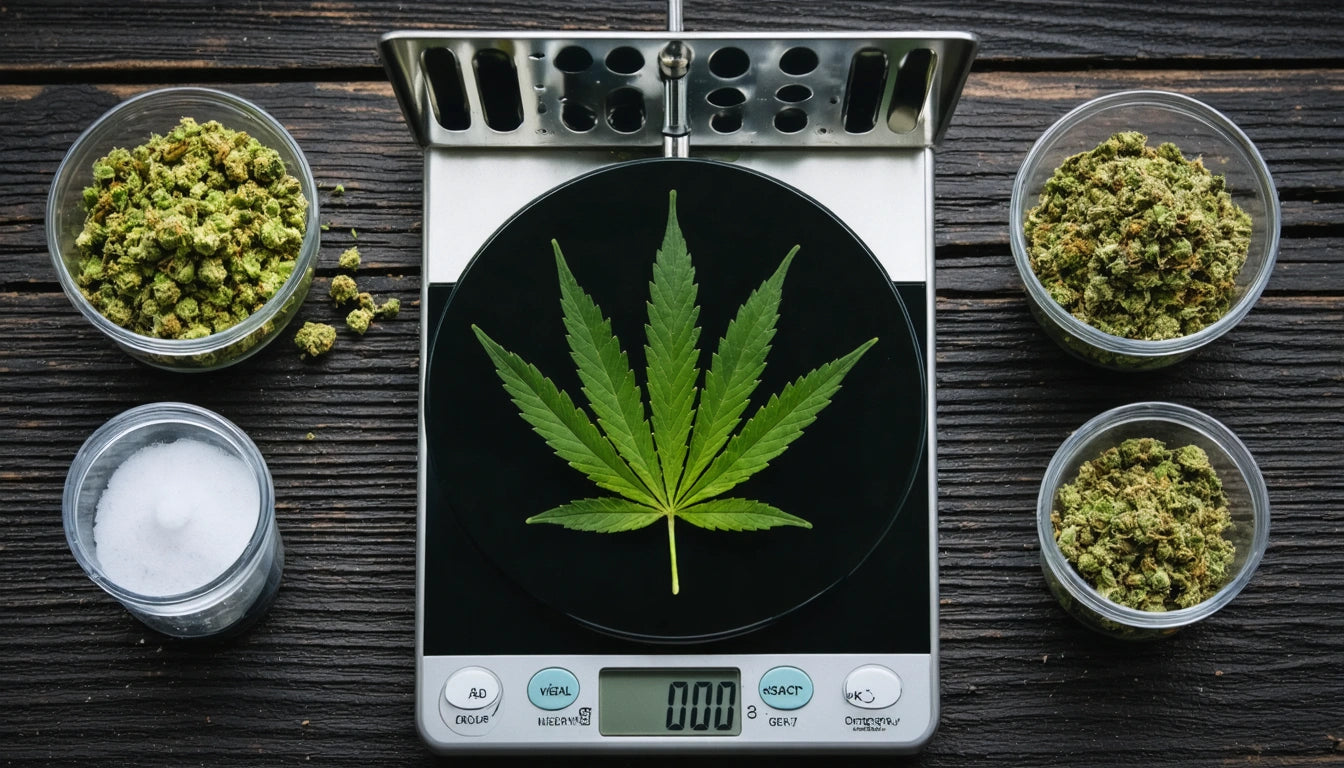Table of Contents
- Understanding Cannabis Flushing: What It Is and Why It Matters
- When to Flush Cannabis Plants: Timing Is Everything
- Proper Flushing Techniques for Cannabis Plants
- Common Flushing Mistakes and How to Avoid Them
- Signs of a Successful Flush: What to Look For
- Maximizing Harvest Quality Through Proper Flushing
How to Properly Flush Cannabis Plants for Optimal Growth
Flushing cannabis plants is a critical step in the cultivation process that can significantly impact the quality of your final product. This technique involves using plain water to remove excess nutrients from the growing medium and plant tissue before harvest. When done correctly, flushing can enhance flavor, improve burn quality, and potentially increase overall potency.
Understanding Cannabis Flushing: What It Is and Why It Matters
Flushing is the process of stopping nutrient feeding and using only pH-balanced water during the final stage of growth. Throughout the growing cycle, cannabis plants accumulate minerals and nutrients. While these elements are essential for growth, they can affect the final product's taste and smoothness if they remain in high concentrations at harvest time.
The primary purpose of flushing is to force the plant to use up stored nutrients, resulting in cleaner buds with improved flavor profiles. Many experienced growers consider this practice essential for producing premium-quality cannabis.
When to Flush Cannabis Plants: Timing Is Everything
Soil-Grown Plants
For plants grown in soil, the optimal flushing period is typically 1-2 weeks before harvest. This timeframe allows the plant to use up stored nutrients without depleting them entirely and stressing the plant.
Hydroponic Systems
Plants grown in hydroponic systems generally require a shorter flushing period, usually 5-7 days before harvest. The faster flushing time is due to the more direct nutrient delivery system and the absence of soil that might hold residual nutrients.
Knowing when to flush weed plants depends on monitoring trichome development. Using a jeweler's loupe or digital microscope, observe the trichomes on your buds. When they begin changing from clear to milky white with some amber coloration, it's typically time to begin flushing.
Proper Flushing Techniques for Cannabis Plants
To flush your plants effectively, follow these steps:
- Stop all nutrient feeding and switch to pH-balanced water (6.0-6.8 for soil, 5.5-6.5 for hydroponic systems).
- Water thoroughly until you see significant runoff from the bottom of the container.
- For soil grows, allow the growing medium to dry out slightly between waterings, but never let the plants wilt.
- Continue this process for the duration of your flush period.
For those concerned about how to flush plants without overwatering, pay close attention to the drying cycle of your growing medium. The container should feel light before the next watering, and the top inch of soil should be dry to the touch.
When growing at scale, many commercial operations use specialized products for more efficient nutrient removal. You can find these alongside quality pre-roll packaging supplies that help preserve the quality of your finished product after harvesting and processing.
Common Flushing Mistakes and How to Avoid Them
Starting Too Late
Beginning the flush too close to harvest doesn't allow enough time for the plant to use up stored nutrients. Plan your flush according to your growing medium and strain characteristics.
Flushing Too Aggressively
Excessive watering can lead to root problems and stress the plant. When learning how to flush weed plants, remember that the goal is gentle nutrient removal, not root saturation.
Incorrect Water pH
Using water with improper pH levels can lock out nutrients rather than flush them. Always adjust your water to the appropriate pH range for your growing medium.
Inconsistent Monitoring
Failing to regularly check plant health during the flush can result in missed problems. Monitor leaf color, as extreme yellowing may indicate excessive nutrient depletion.
Signs of a Successful Flush: What to Look For
You'll know your cannabis flush is working when you observe:
- Gradual yellowing of fan leaves (but not extreme or sudden yellowing)
- Slight purple or autumn colors appearing in some strains
- Reduced smell of nutrients in the runoff water
- Buds that appear more resinous as energy focuses on trichome production
After harvest, properly flushed cannabis typically burns with white ash rather than black, and offers a smoother smoke with enhanced flavor profiles. The difference is noticeable enough that experienced consumers can often tell whether a product has been properly flushed.
Maximizing Harvest Quality Through Proper Flushing
Mastering how to flush your plants is an investment in quality that pays dividends at harvest time. Beyond improved flavor and smoother smoke, proper flushing can also help preserve the natural terpene profile of your cannabis, enhancing both aroma and effects.
While some debate exists within the growing community about the necessity of flushing, most commercial and craft cultivators consider it an essential step for premium cannabis production. The process requires patience and attention to detail, but the results speak for themselves in the final product.
Remember that each strain may respond slightly differently to flushing. Some may require longer periods, while others might show nutrient deficiencies more quickly. Learning how to flush a weed plant effectively for each variety you grow is part of developing your skills as a cultivator.
By incorporating proper flushing techniques into your cultivation routine, you'll consistently produce cleaner, more enjoyable cannabis that stands out for its quality and smoothness. Whether you're growing for personal use or commercial production, this final step can elevate your harvest from good to exceptional.











Leave a comment
All comments are moderated before being published.
This site is protected by hCaptcha and the hCaptcha Privacy Policy and Terms of Service apply.